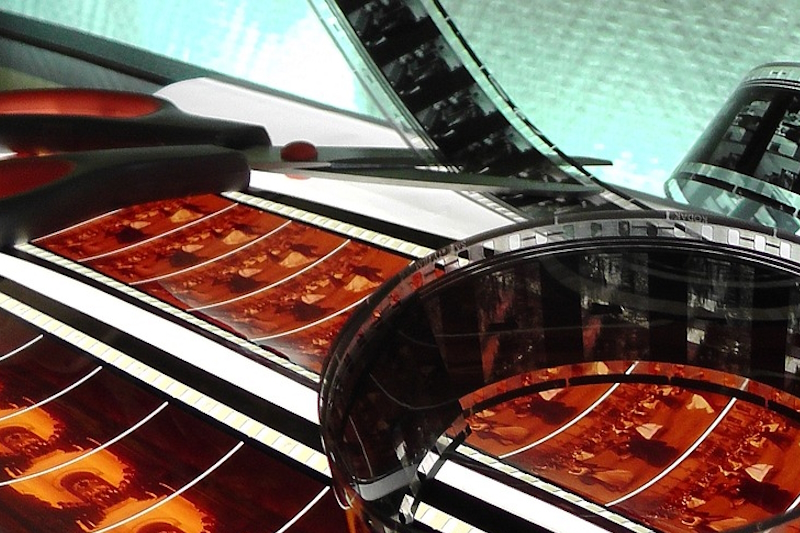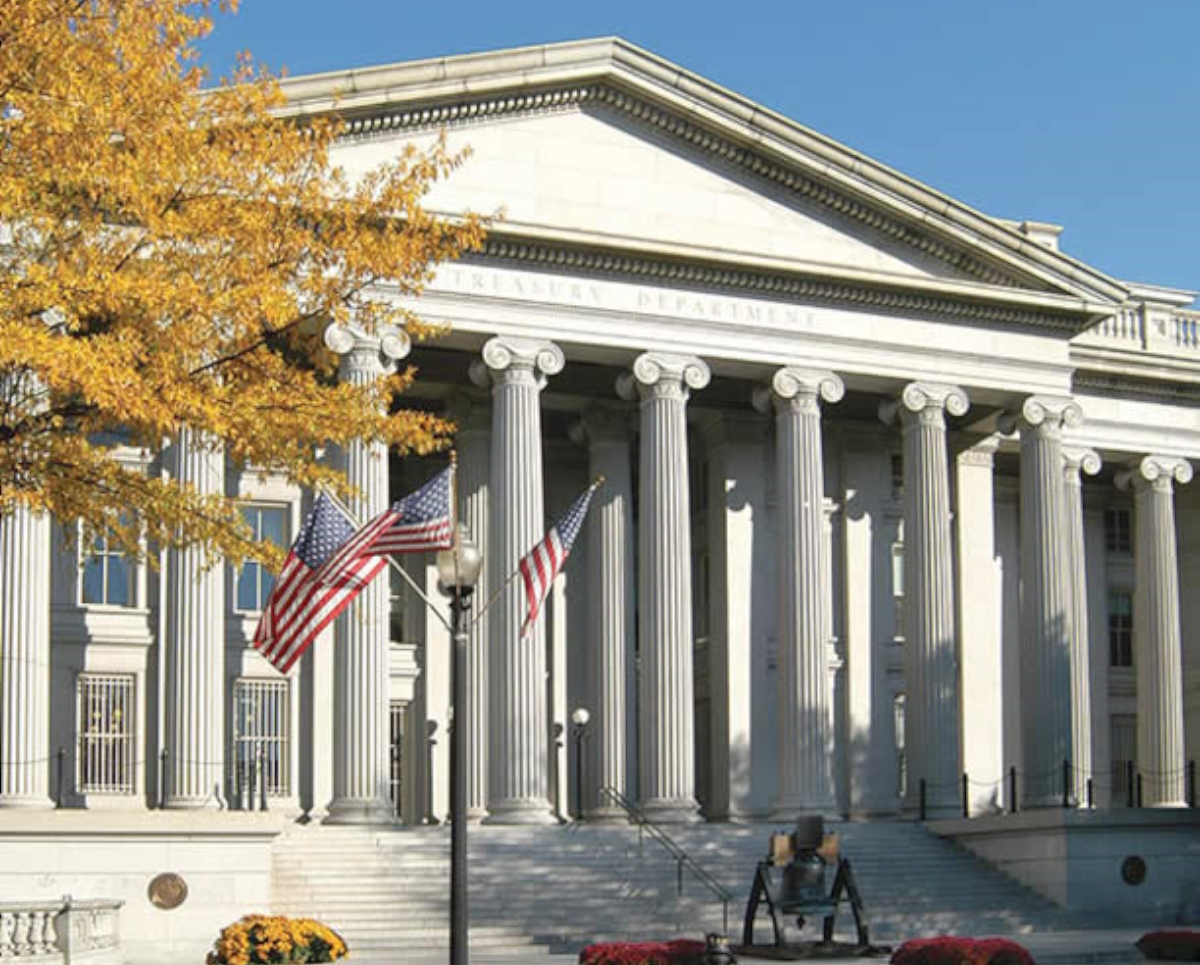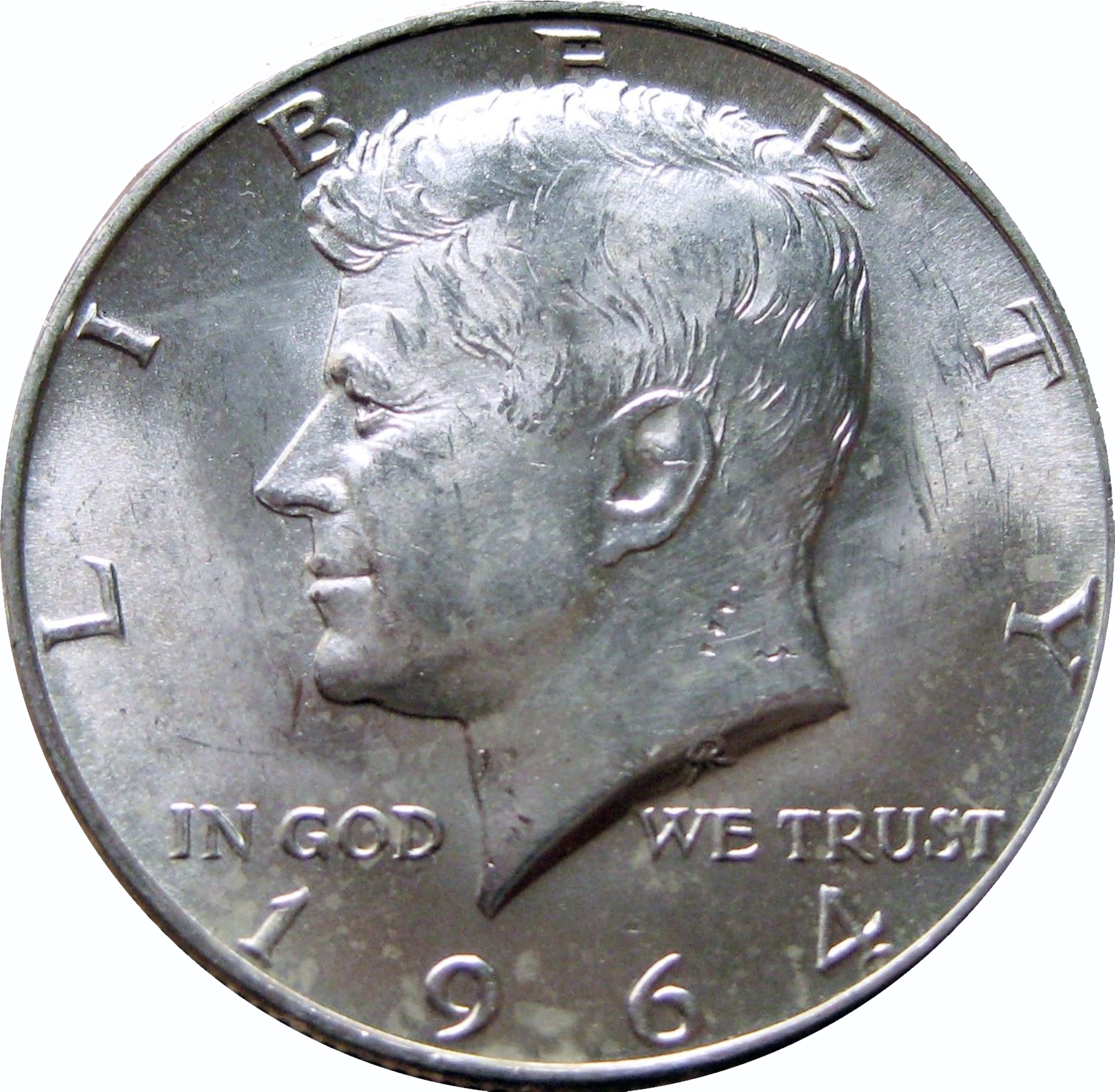Bonus Scene: Ever Wonder What Ended Up on the Cutting Room Floor?
Little known fact: The initial draft of All that Glisters was longer. Much longer—110, 262 words to be exact. My development editor told me if I ever wanted to sell my manuscript I’d need to make cuts. About 15,000 words or 75 pages. She even suggested where. So, I set about trimming.

For the curious, I thought you might be interested in one of the outtakes. This deleted scene provides a bit of backstory on a key character in the novel—the fictional U.S. Treasury Secretary Kennedy Beck.
Here’s the Setting: The conference room adjoining the Secretary’s office in the U.S. Treasury Building. It’s late morning. The protagonist (and narrator) Thad Hanlon is getting “read in” on his responsibilities regarding a clandestine probe of the U.S. deep storage gold reserves. Every last bullion bar. Treasury Secretary Beck and Thad’s project manager, Tigran Vardanyan, have almost completed the briefing.

And Here’s the Deleted Scene
“That’s what keeps you up at night, Madame Secretary?” I asked. “The Fed pumping the money supply?”
Beck sipped her latte. “One of my concerns, yes,” she said. “Financial authenticity.” She scanned the conference room, apparently looking for something. Her gaze stopped at a stack of wall art that looked like it was part of the redecorating effort but had yet to be mounted. She rose from her chair at the head of the table and tugged on one particular frame. “Would one of you help me with this?”
I jumped up and lifted the other art pieces while Beck slid a framed coin collection from the stack. “Kennedy half dollars,” she said. “My private collection.”
There were over 50 silver half dollars dated 1964 through 2013 and one dual-dated gold piece, 1964-2014, all in mint condition.
“John F. Kennedy was assassinated the day I was born,” the treasury secretary said with reverence. “My mother was a devout Catholic. She believed if she named me Kennedy, the President would live. Faith in action.”
Tigran and I said nothing. The Secretary had taken this conversation into the personal. I didn’t know what to think.
Secretary Beck snapped her fingers and shook her head once, rapidly. Her bowl-cut bangs swished left and right. She pointed to the first coin in the collection. “1964,” she said. “First year of issue. Ninety percent silver.”

The coin had a dull shine to it. JFK looked presidentially hopeful in a left profile.
“1965,” she said, pointing to the second coin. “Forty percent silver. But for the dimes and quarters that year, no silver whatsoever.”
The second coin was slightly oxidized but dull just the same.
“By 1971, the Kennedy half dollar was the same as all the U.S. dimes and quarters—no silver,” Beck said. “Are you seeing a pattern?”
“A debasement,” I said. “Coins become worthless.”
There was a muffled gasp as the Secretary sucked air between her teeth.
“Worthless, too strong a term? I’ll rephrase,” I said. “How about coins lose their intrinsic value.” I brought my diet cola to my lips and gulped while I thought through what I was trying to say. “Aha,” I said. “Like Federal Reserve Notes replacing redeemable gold certificates. Paper in lieu of collateral.”
Why Did the Scene Get Cut?
True the Kennedy Coinage scene was about the larger theme of monetary debasement addressed in All that Glisters. BUT...
But after taking a second look, it became clear the sketch was more of an interesting aside on monetary history. And not essential to advancing the novel’s plotline about the nation’s gold.
Definitely not intrinsic to the story’s spine.
More a symptom of “story scoliosis” as the late master screenwriter Blake Snyder of Save the Cat! ® fame would say.
For a whodunit tale, what’s the story’s spine?
The sleuth’s journey—the case the hero is working on and whatever is stopping him or her from solving the mystery.
As Blake counsels “Anything that doesn’t attach itself to the spine of that story must come out.”
That means everything else is an unnecessary detour.
And a candidate—snip, snip—for the cutting room floor.
Bonus Scene
Hope you enjoyed the outtake that didn’t make the final cut. I sure had a lot of fun researching and writing it.
Next week I’ll introduce a two-part series entitled “Galley Proof Nightmares.” Don’t know what a galley is? Stay tuned for Part 1!
Further Exploration
For a deeper dive into the Story Spine Concept and how to use it to straighten your narrative, check out Finding the Spine by Blake Snyder (October 20, 2008).
Web address: https://savethecat.com/tips-and-tactics/finding-the-spine
Join Me
Thanks for reading my blog. You can get more ideas for navigating today’s fast-paced publishing world in my popular email newsletter. Each week, I share insights into the writing craft, tips for further exploration, and the latest news on Hanlon & de la Guerra mystery series. Click the link below now and join us.

